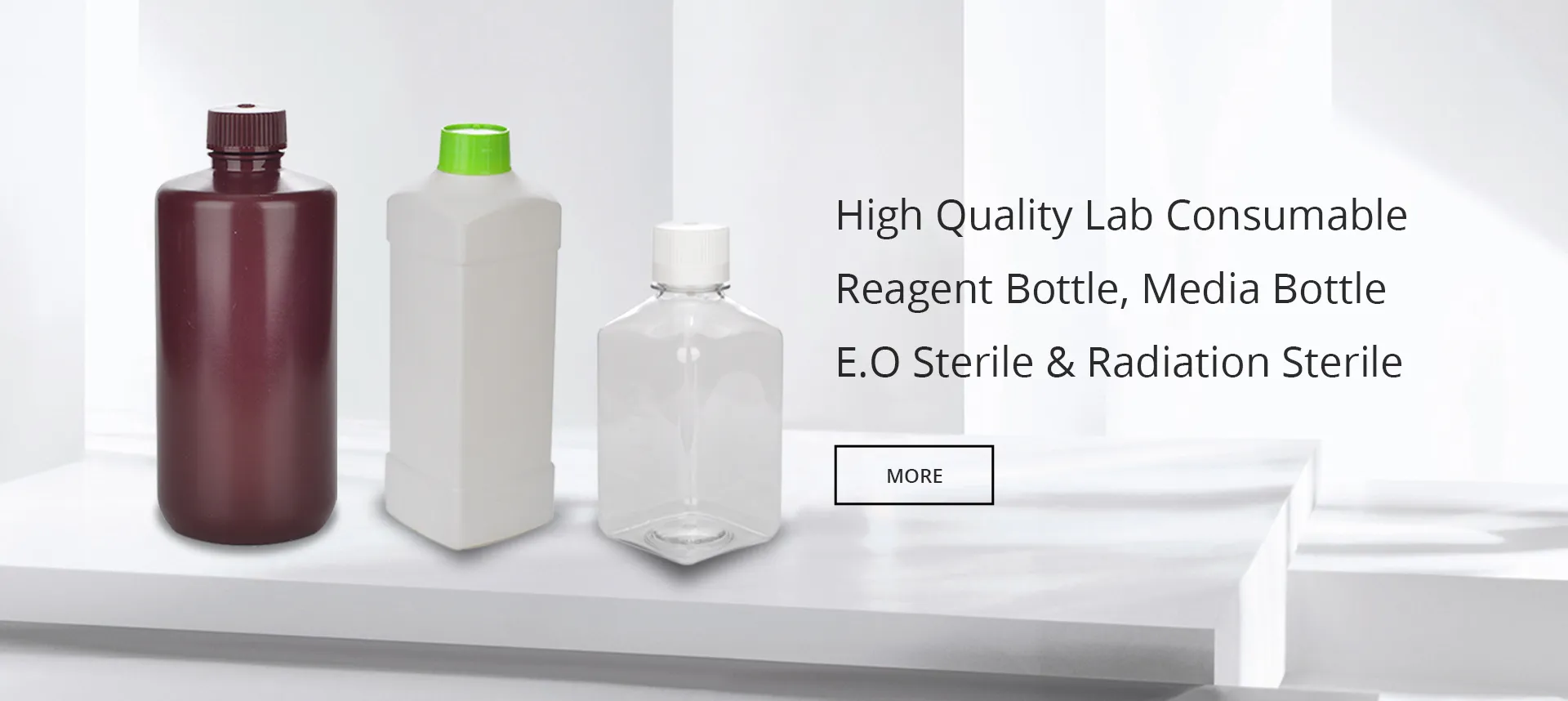customizable pill bottles for personalized medication organization and storage solutions
The Evolution and Impact of Blank Pill Bottles
In the realm of pharmaceuticals, the packaging of medication plays a crucial role in both the marketing and distribution of drugs. Among the various types of packaging, blank pill bottles have garnered attention for their versatility, practicality, and potential implications for brand recognition. This article delves into the significance of blank pill bottles, exploring their usage, advantages, and the potential concerns they pose in the healthcare sector.
Understanding Blank Pill Bottles
Blank pill bottles are typically made of high-density polyethylene (HDPE) or polypropylene, designed to hold prescription and over-the-counter medications. Unlike branded bottles that feature eye-catching designs and labels, blank pill bottles lack distinctive branding or information on their exteriors. This anonymity can serve various purposes, including privacy, cost-effectiveness, and the need for efficiency in the pharmaceutical supply chain.
Versatility in Usage
One of the primary advantages of blank pill bottles is their versatility. Pharmacies often use these bottles to repack medications, especially when a patient requires a small quantity of a drug that does not warrant a full branded bottle. This practice is common in the compounding of medications, where pharmacists tailor dosages to meet specific patient needs.
In addition, blank pill bottles are ideal for clinical trials. Researchers can use them to ensure that participants remain unaware of whether they are receiving the actual medication or a placebo. This blinding process is crucial in gathering unbiased data about the drug's effectiveness and safety.
Cost-Effectiveness
blank pill bottles

From an economic standpoint, blank pill bottles can significantly reduce packaging costs for pharmaceutical companies. Branded bottles often come with a higher price tag due to design, marketing, and compliance requirements. In contrast, blank bottles provide a more affordable option without compromising functionality. This cost-saving approach can ultimately benefit consumers by keeping medication prices lower.
Moreover, blank pill bottles contribute to sustainable practices in the pharmaceutical industry. Their simple design often requires fewer resources to produce, and many manufacturers are adopting eco-friendly materials to create these containers, aligning with global efforts to reduce plastic waste.
Concerns Surrounding Blank Pill Bottles
Despite their advantages, the use of blank pill bottles raises several concerns. One of the primary issues is the potential for confusion among patients. Without clear labeling, individuals may inadvertently mix up their medications or take incorrect dosages, posing a significant health risk. The absence of information on usage instructions, expiration dates, and drug interactions can lead to adverse outcomes.
Additionally, the anonymity of blank pill bottles may hinder brand loyalty. In a market where branding plays a significant role in consumer behavior, the lack of recognizable labels can reduce the effectiveness of marketing strategies used by pharmaceutical companies. Patients may feel less inclined to trust medications if they cannot easily identify the brand or history behind them.
The Future of Blank Pill Bottles
As the healthcare landscape continues to evolve, so too will the role of blank pill bottles. Innovations in technology may pave the way for smarter packaging solutions, integrating QR codes or augmented reality features to relay essential information to patients. This blend of anonymity and information could mitigate safety concerns while maintaining cost-effectiveness.
In conclusion, blank pill bottles represent a unique intersection of practicality and potential pitfalls within the pharmaceutical industry. Their versatility, cost-effectiveness, and contribution to sustainability are commendable, yet the challenges related to patient safety and brand identity are significant. As the industry navigates these complexities, the future of blank pill bottles will likely hinge on striking a balance between efficiency and the imperative to ensure consumer safety and trust. Ultimately, it is crucial for both healthcare providers and consumers to remain vigilant in ensuring that the benefits of this packaging method outweigh its risks.
-
Aesthetic Makeup Spray Bottles | Fine Mist Empty RefillableNewsAug.19,2025
-
White Plastic Veterinary Vaccine Vials | Lab Liquid BottlesNewsAug.18,2025
-
Plastic Medicine Liquid Bottle: Secure Flip Top Drug VialsNewsAug.17,2025
-
Durable 250ml Blue Plastic Vaccine Vial for Lab & Vet UseNewsAug.16,2025
-
Sterile Virus Sample Tubes: Secure & Reliable Specimen CollectionNewsAug.15,2025
-
White 250ml Plastic Vaccine Vial for Lab & Vet MedicineNewsAug.14,2025
























